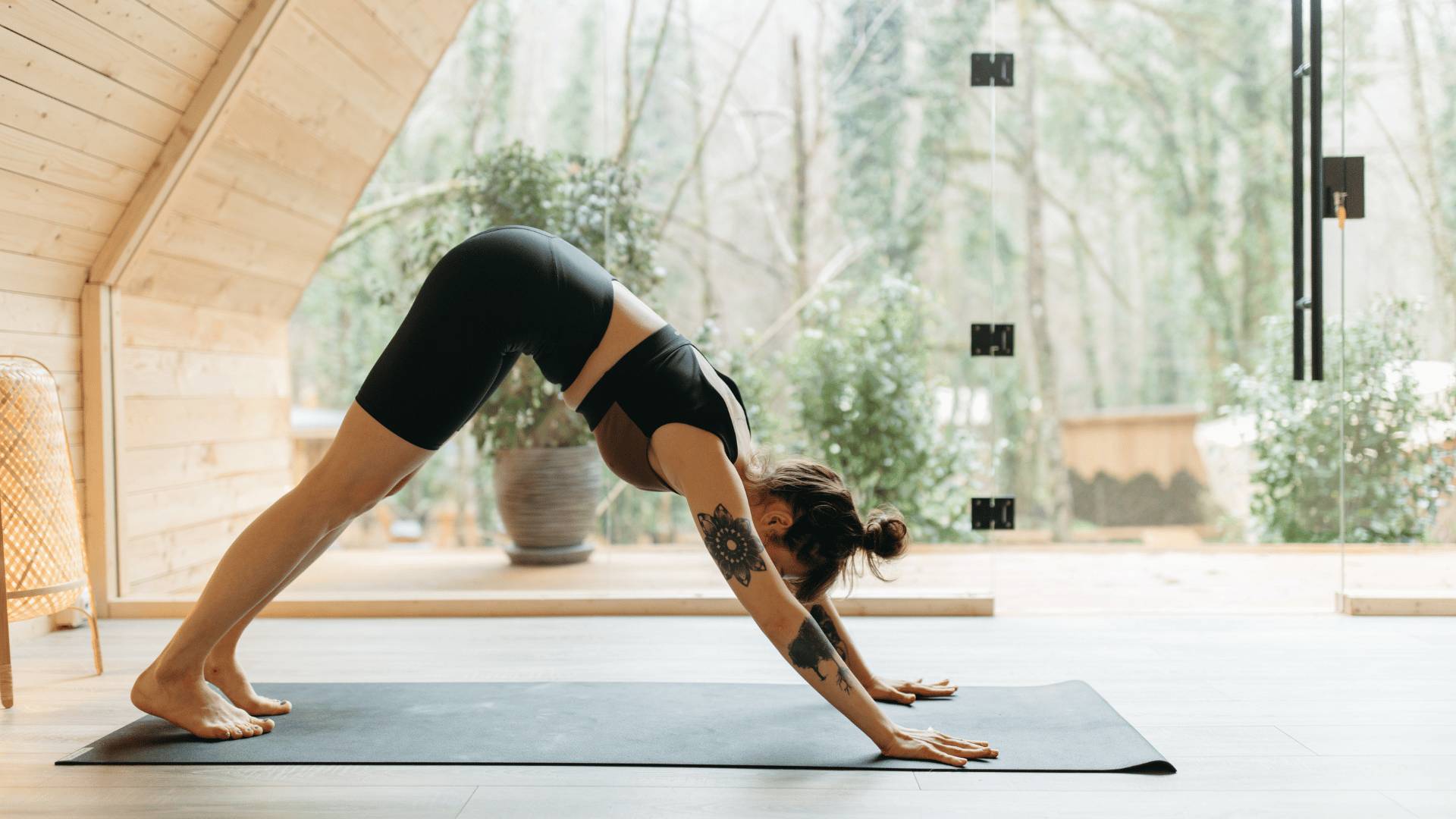Pilates is a form of physical fitness that emphasizes core strength, flexibility, and posture. It's a great workout option for people who want to stay fit, especially those looking for a low-impact, safe, and effective way to do so. Pilates can offer numerous benefits, whether you're looking to start a new workout routine or to complement your existing one.
If you don't have access to a Pilates studio or gym, don't worry! You can easily do Pilates at home without any equipment. In this guide, we'll give you tips to make the most of your Pilates workout at home.
Brief History of Pilates
Pilates is a physical fitness system that German-born Joseph Pilates developed in the early 20th century. Pilates suffered from a number of health problems as a child and turned to physical fitness as a way to improve his health.
He developed a series of exercises that emphasized core strength, flexibility, and posture, and he eventually moved to New York, where he opened a studio and began teaching his methods to a wider audience.
Pilates gained popularity among dancers and athletes, who appreciated its focus on controlled movements and its ability to improve their performance. During World War I, Pilates was even asked to help rehabilitate injured soldiers, further cementing his reputation as a skilled instructor and innovative fitness expert.
Pilates Now
Over the years, Pilates has continued to evolve and has been embraced by people of all ages and fitness levels. Today, it's a popular form of physical fitness around the world, known for its low-impact, safe, and effective workouts that can improve overall health and well-being.
Pilates is a workout that involves a series of controlled movements, focusing on the muscles of your core, hips, and back. Pilates exercises are done with slow, precise, and deliberate movements, often using props such as a mat, small ball, and resistance bands to assist and challenge your body.
The focus on slow, controlled movements makes Pilates a low-impact workout, making it an excellent choice for people of all ages, especially those with joint problems or injuries.
Benefits of Pilates
Pilates offers a wide range of benefits, including:
Improved posture: Pilates focuses on strengthening the muscles that support your spine, helping to improve your posture and reduce the risk of back pain.
Increased core strength: The core muscles, including the abs, hips, and lower back, are heavily emphasized in Pilates. By strengthening these muscles, you'll improve your overall fitness and increase your ability to perform other physical activities, such as playing sports or lifting weights.
Increased flexibility: Pilates exercises often require you to stretch your muscles, helping to improve your flexibility and range of motion.
Improved balance: Pilates exercises often require you to balance your body, working your stabilizer muscles and helping to improve your overall balance.
Reduced stress: The slow, controlled movements of Pilates can help reduce stress and improve mental clarity, making it a great way to unwind after a long day.
Setting Up for Pilates
If you're new to Pilates, it's best to start with a beginner's class or tutorial so that you can learn proper form and technique. Once you understand the basics well, you can start doing Pilates at home. All you need is a comfortable, clear space to move around in and a Pilates mat.
Getting Started with Pilates at Home
Before you start your Pilates workout, finding a comfortable, clear space to move around in is essential. A yoga mat is unnecessary, but it can provide a non-slip surface and cushion for your body. Wear comfortable, stretchy clothing that won't restrict your movements. Make sure you have enough room to stretch your arms and legs without hitting anything.
Basic Pilates Exercises at Home
Here are some basic Pilates exercises you can do at home with no equipment required:
The Hundred: Lie on your back with your knees bent, and arms extended above your head. Lift your head and shoulders off the mat as you pulse your arms up and down for 100 counts.
The Roll-Up: Lie on your back with your arms extended above your head. Use your abs to slowly roll up to a seated position, reaching your arms forward. Then, use your abs to roll back down to the starting position slowly.
The Single-Leg Circle: Lie on your back with one leg extended straight up. Use your abs to circle the leg in a slow, controlled motion. Repeat on the other side.
The Scissor: Lie on your back with your legs extended straight up in the air. Lower one leg towards the mat, then lift it back up as you lower the other leg. Repeat, alternating legs.
Tips for Successful Pilates Workouts at Home
Here are some tips to help you make the most of your Pilates workouts at home:
Find a Clear Space
Before you start your Pilates workout, finding a comfortable, clear space to move around in is essential. Make sure you have enough room to stretch your arms and legs without hitting anything. A yoga mat is not necessary, but it can provide a non-slip surface and cushion for your body. Wear comfortable, stretchy clothing that won't restrict your movements.
Focus on Your Breathing
Pilates is all about controlled movements, and this starts with your breathing. Make sure to inhale and exhale slowly and deeply throughout each exercise. This will help you to maintain control and focus during your workout.
Keep Your Movements Slow and Controlled
Pilates is not about speed; it's about control. Move slowly and deliberately, focusing on the muscles you're working. This will help you to get the most out of each exercise and avoid injury.
Start Slowly
If you're a beginner, start with just a few exercises and gradually increase the number as you become more comfortable. Don't try to do too much too soon; you'll be more likely to get discouraged and quit if you push yourself too hard.
Pay Attention to Your Form
Make sure you're using the proper form for each exercise, as this will ensure you're getting the most out of your workout and reducing the risk of injury. If you need help with a particular exercise, look for instructional videos online or consult a Pilates instructor.
Listen to Your Body
If you're feeling pain or discomfort, stop the exercise and rest. Never push yourself too hard, especially if you're a beginner. Pilates should be a safe and enjoyable workout, so listen to your body and adjust your exercises as needed.
You can easily do Pilates at home without any equipment. Remember to focus on your breathing, keep your movements slow and controlled, start slowly, pay attention to your form, and listen to your body. With these tips, you'll be well on your way to a successful Pilates workout at home!
For more information on Vista Residences and Vista Land, email [email protected], follow @VistaResidencesOfficial on Facebook, Twitter, Instagram, and YouTube, or call the Marketing Office at 0999 886 4262 / 0917 582 5167.










